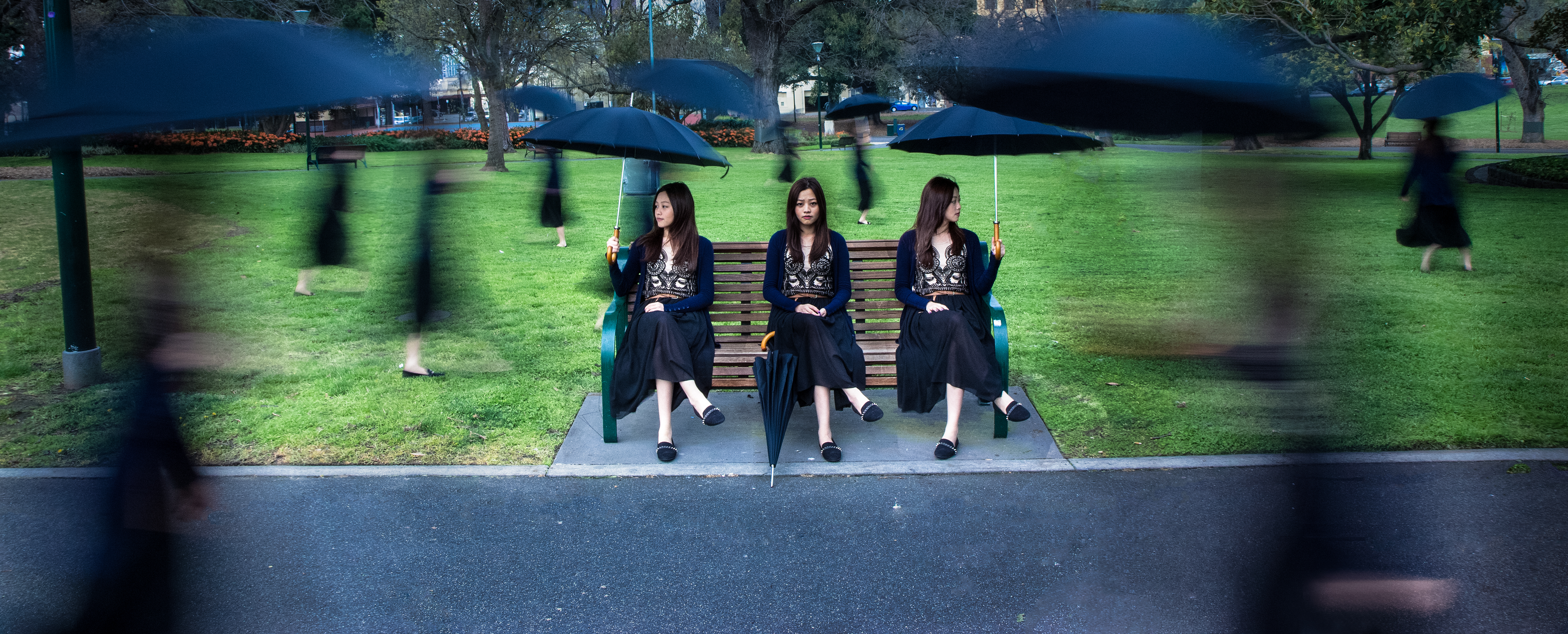IMG 6112 from Joyce yap weng yan on Vimeo.

IMG 6112 from Joyce yap weng yan on Vimeo.
The points that I’ve got away from week 2’s reading, slogans for the screen writer’s wall is that when you think that “You’ve got a beginning but you don’t have end, then you’re mistaken, because you don’t have the right beginning.” Because in movies, what is said may make little impression. Because what matters the most is what is going to happen next, it reminds to always bring new point of attack to the audiences when you’re plotting out my stories, make sure to twist around just before the movie ends, to create the kind of unexpected, but good ending. “What is happening now is apt to be less dramatically interesting that what or may or may not happen next”.
Apart from that, another point that interests me is that, screenplay is structure, structure, structure. Even if you are blazing your own plot path, it doesn’t hurt to have a road map to fall back on. It’s important to create your story based on the three act structure. From the everyday normal world, to the problem, climax, hopeless, and finally to some strange things happen for some hope. That’s basically how all movies nowadays are plotted.
Here are some of the key points that i’ve taken away from Jasmine’s lecture.
Screenwriting is telling stories, a very particular form of stories, unlike novel or short stories,
How is it different:
-time-based writing
-a plan not a finished art work.
-favours the exterior over the interior
-expensive to produce- inhibits experimentation
Screenplats follow a more ngid set of rules
-Protagonist vs antagonist
-Active protagonist
-Journey based plot
-3 act structure
Screenwritter as GOD
-you create, world, characters, plot/story, a beginning, middles and end.
“A story is a chain of reactions to an unusual event”
It’s not like real life because real life is boring.
Let’s call this the problem
(the red riding hood)
A problem/ event is outside your everyday event
We cant use everyday story to create our story, taking everyday event and adding problem to it.
The protagonist (character) has to be affected by the event
Plot mechanics
-change of reactions: this is a cause of effects (how you build your plot)
-a chain of reactions
Your problem needs to cause conflict
-the main reason why people watch TV. Conflict is KEY
Characters
Protagonist- main character
Antagonist- who is opposing the main character
Make your character interesting
-easy way to do it is make them want something real bad
-the have bad things happen to them
Have them do unexpected things
-would you expect a monk to commit murder, etc. etc.
Film character work “better” if they are larger than life
-make them really bold, more interesting to write, have your character act out
Where to start?
You cant wait for inspiration, you have to go after it with a club.
Get proactive
-make a list of the films you love who and why
-think of some everyday events and add problems
-targeted brainstorming- give yourself a constraint to write to genre is a good one.
Create a scenario
-start with puzzle and write out of it
-take character
-add want
-add problem
Our imaginations are reactive (something in the world around us provokes in us a response that demands a story) and associative reminds us of something else, which reminds us of something else.
But is it any good?
-ask yourself
-is my character real but unusual
-does my idea contain a problem
-does that problem matter for my character
-can I see this working as a film
Tips
-keep it simple
-stick to 1-3 speaking part
-use one locale
-beware of flashback and fractured time frames
-ending become more mportants
Getting it on the page
-2 step process
story ideas, story outline
Story idea
-simple description of your story
-gives us the starting event
-indicates genre
Story outline (selling points, can be really detailed)
-who’s story it is
-what is the problem
-how do they go about solving it
-provides the outcome
-thematic concerns
Basically, one of the most interesting point that she pointed out is that, when you’re trying to write a story, make sure its different from your everyday lives, because REAL LIFE ARE BORING, oh well, most of ’em are..because there is no super heros, super powers or perfect guy in real life.
Normally, in a story, there is always three act structures, which are Act I: Setup, Act II: Confrontation and Act III: Resolution. However, today, the 3-act structure is a very old maxim widely adhered to in storytelling and fiction writing. Normally, the movies from Hollywood, they all have a happy ending, but for some films, they do not follow with the three act structures, which is not to have an ending, they just leave in an ambiguous way and making the audiences to imagine the ending that they wanted.
What I look forward to learn in this course, I guess is the skill to actually learn how to deal with productions. For one production its not just about filming and editing, when I read through the assessment guide, I realize we also have to learn to deal with script writing, sound notes, broad outline, producer notes, director notes, production design notes, story board, shot list, and script breakdown. I’m aware of this because I’ve been involved in musical for the past few years, and I understand how a production is not just about performing, you still have to deal with directing, sound, lighting, cast, projectors, backstage, props etc. Thus, I’m looking forward to learn, in this course, the ability to run a production smoothly. 